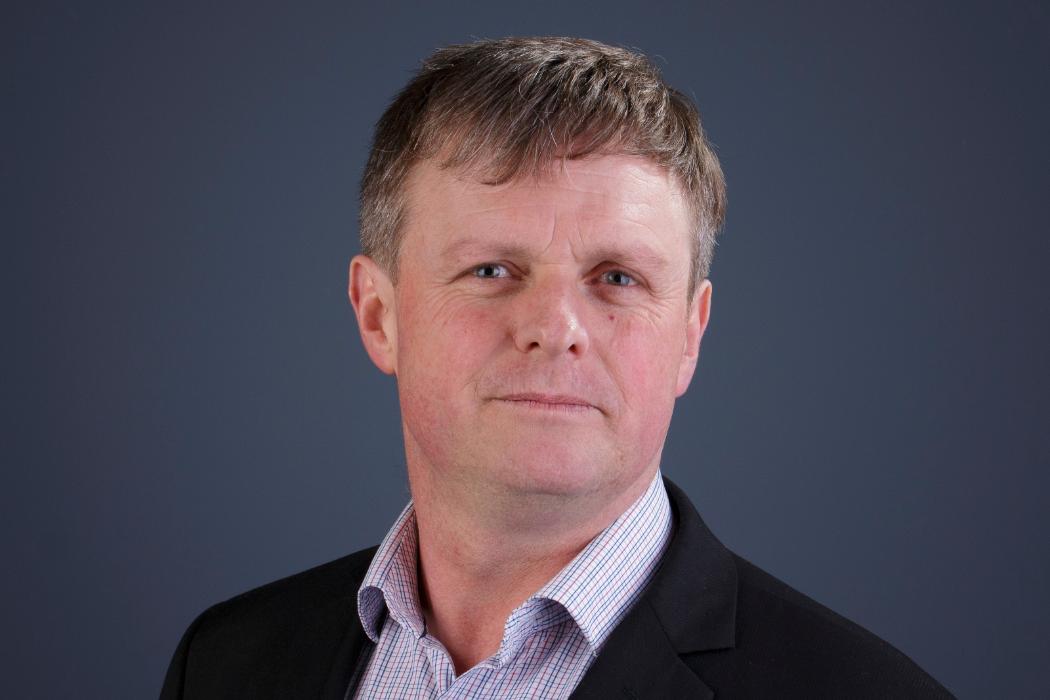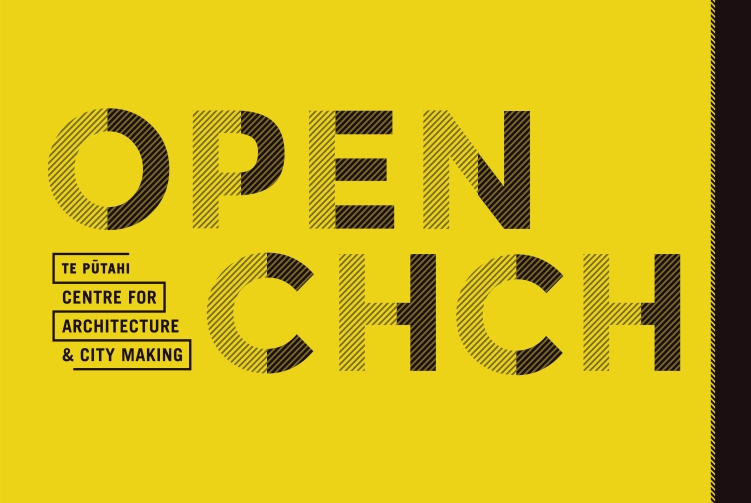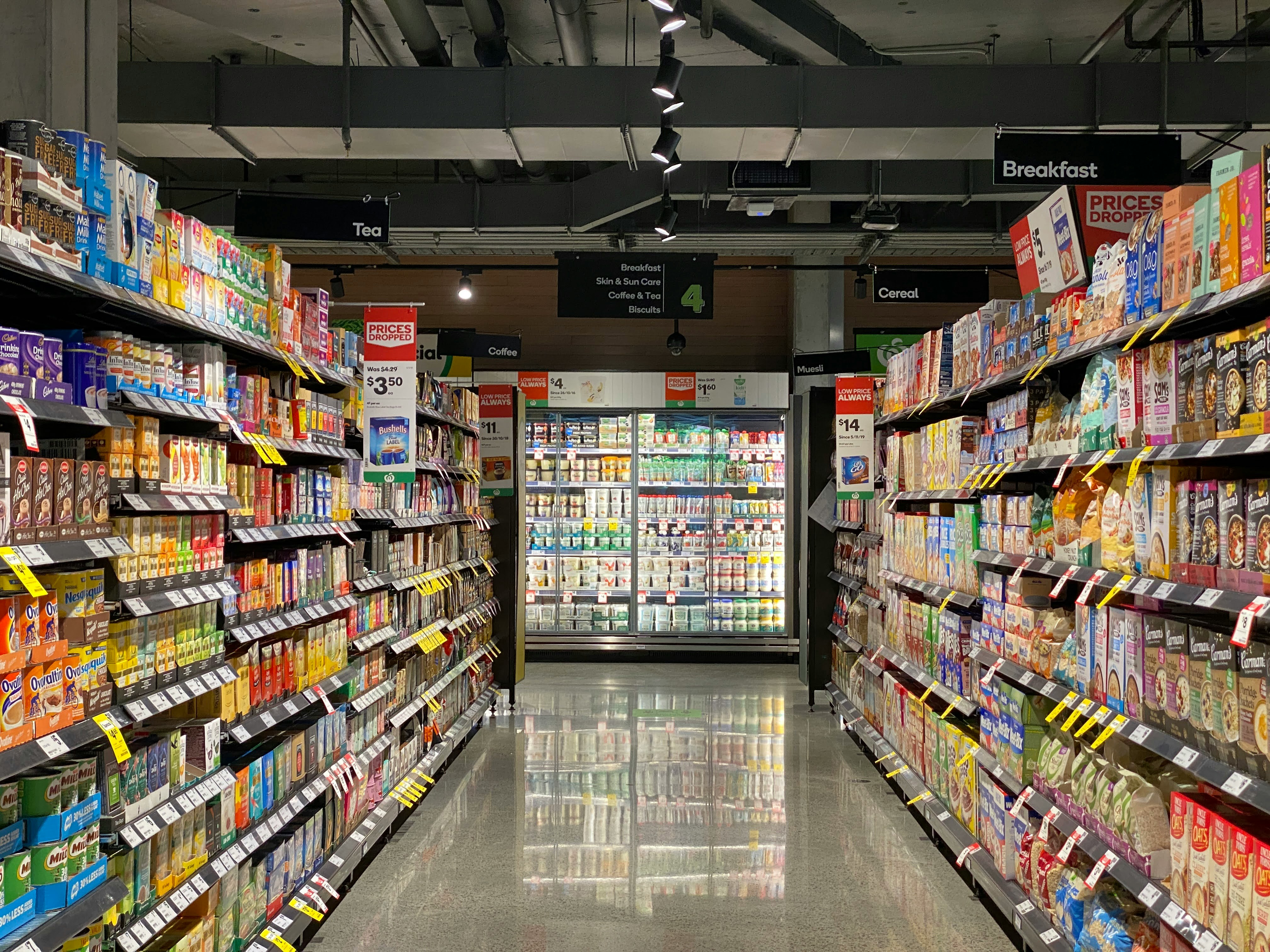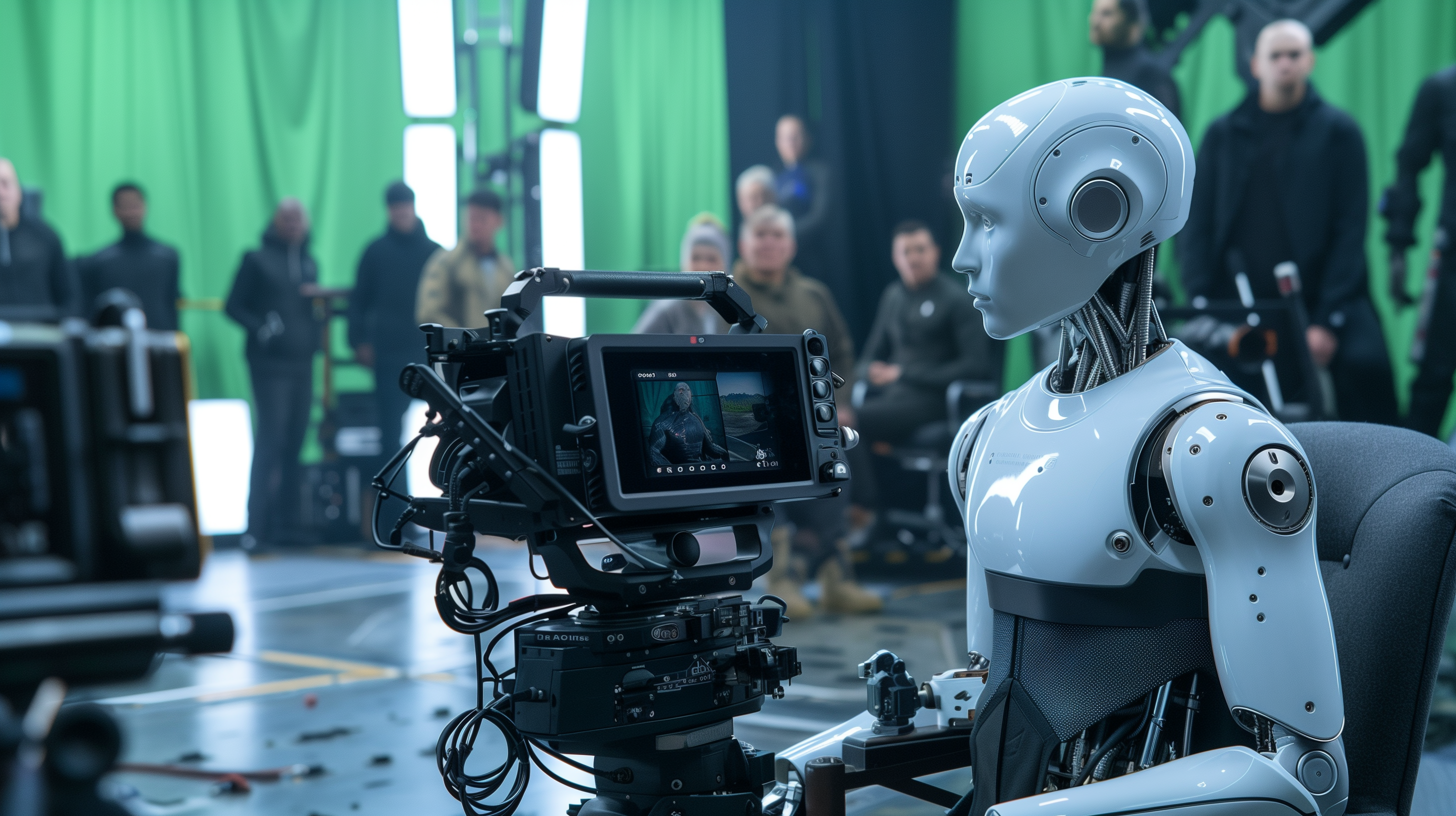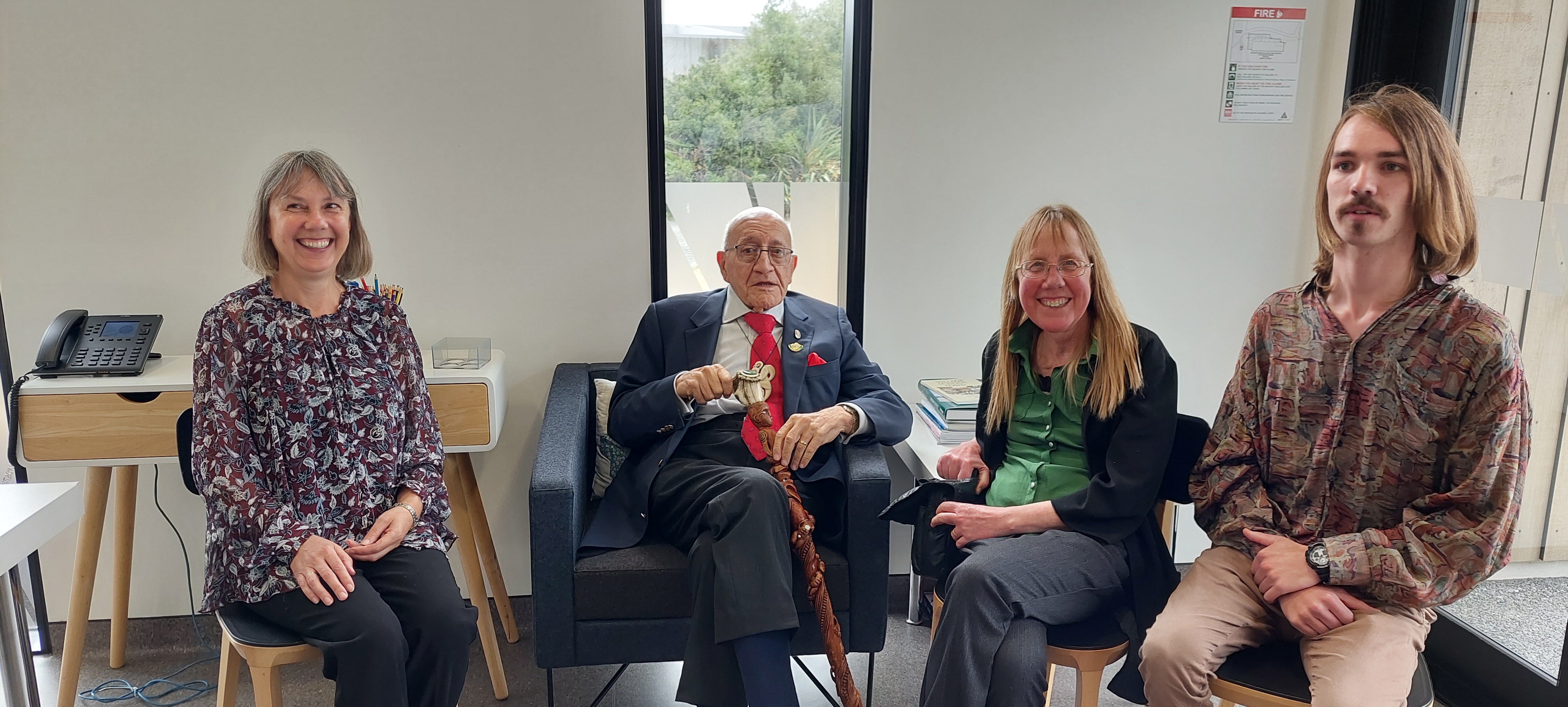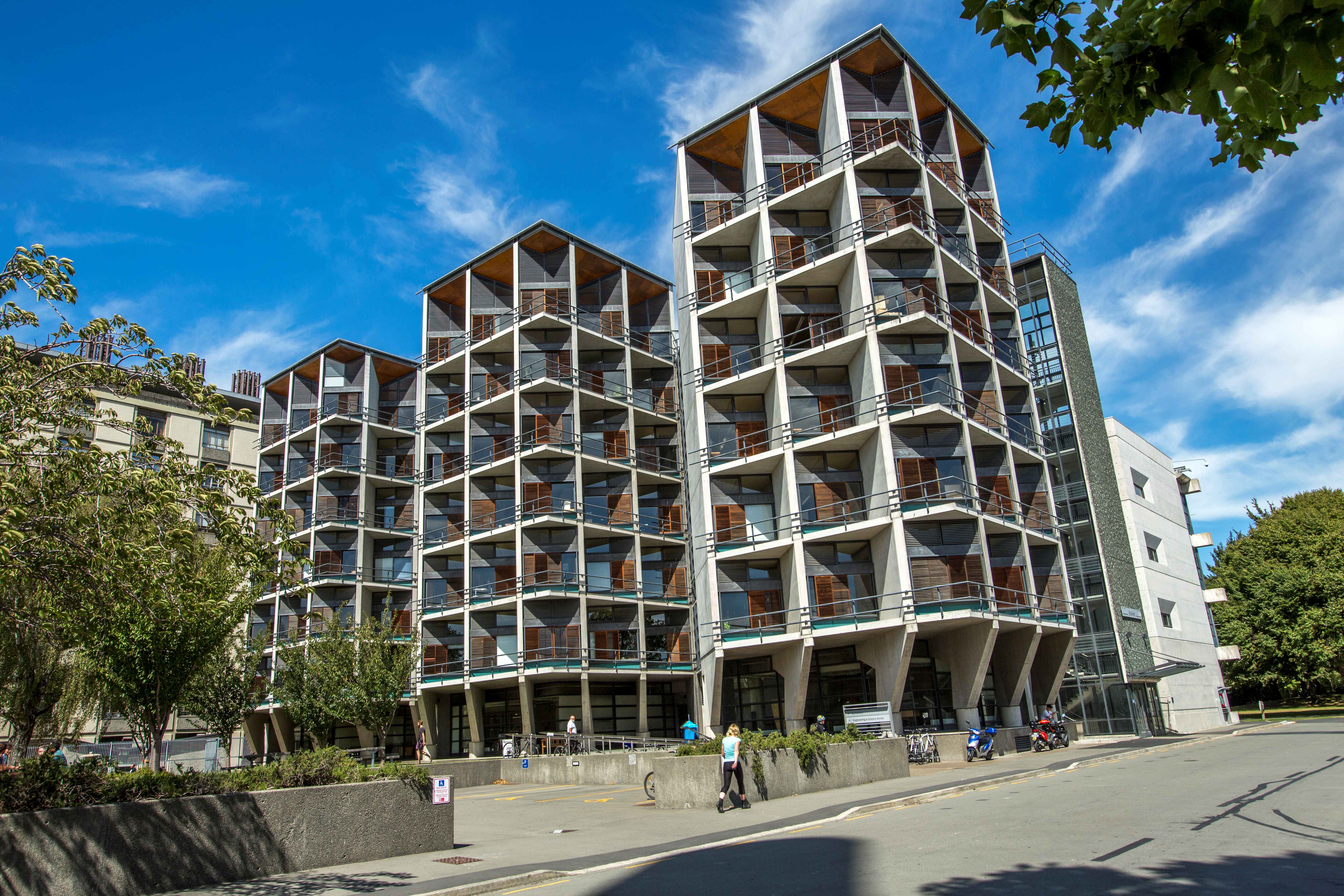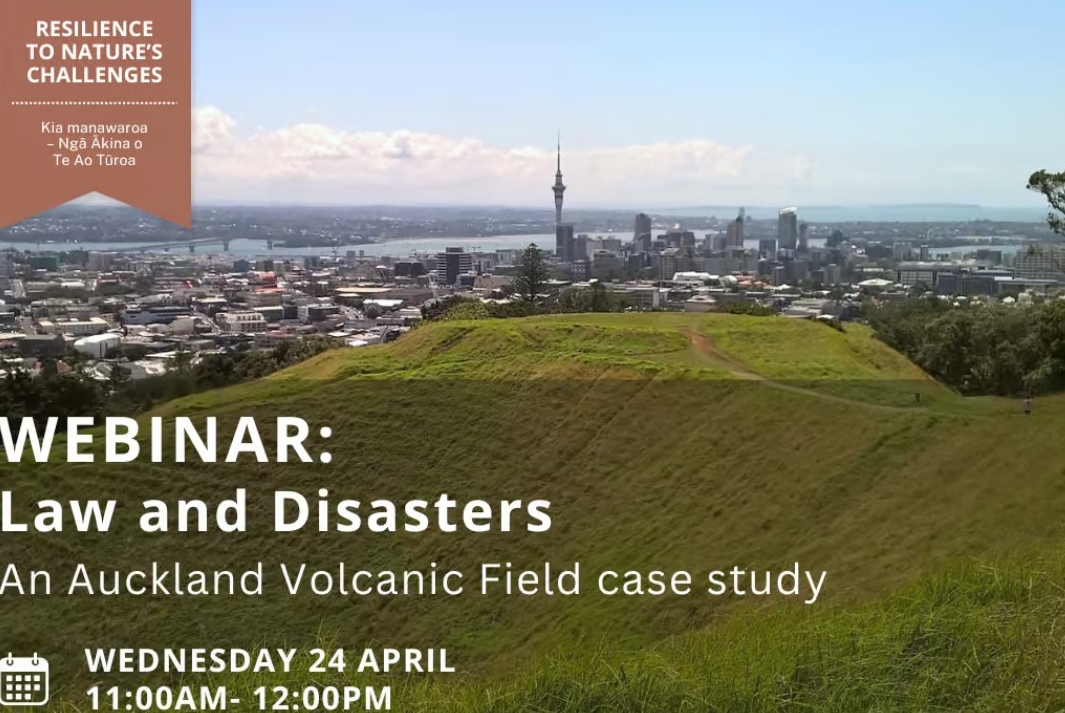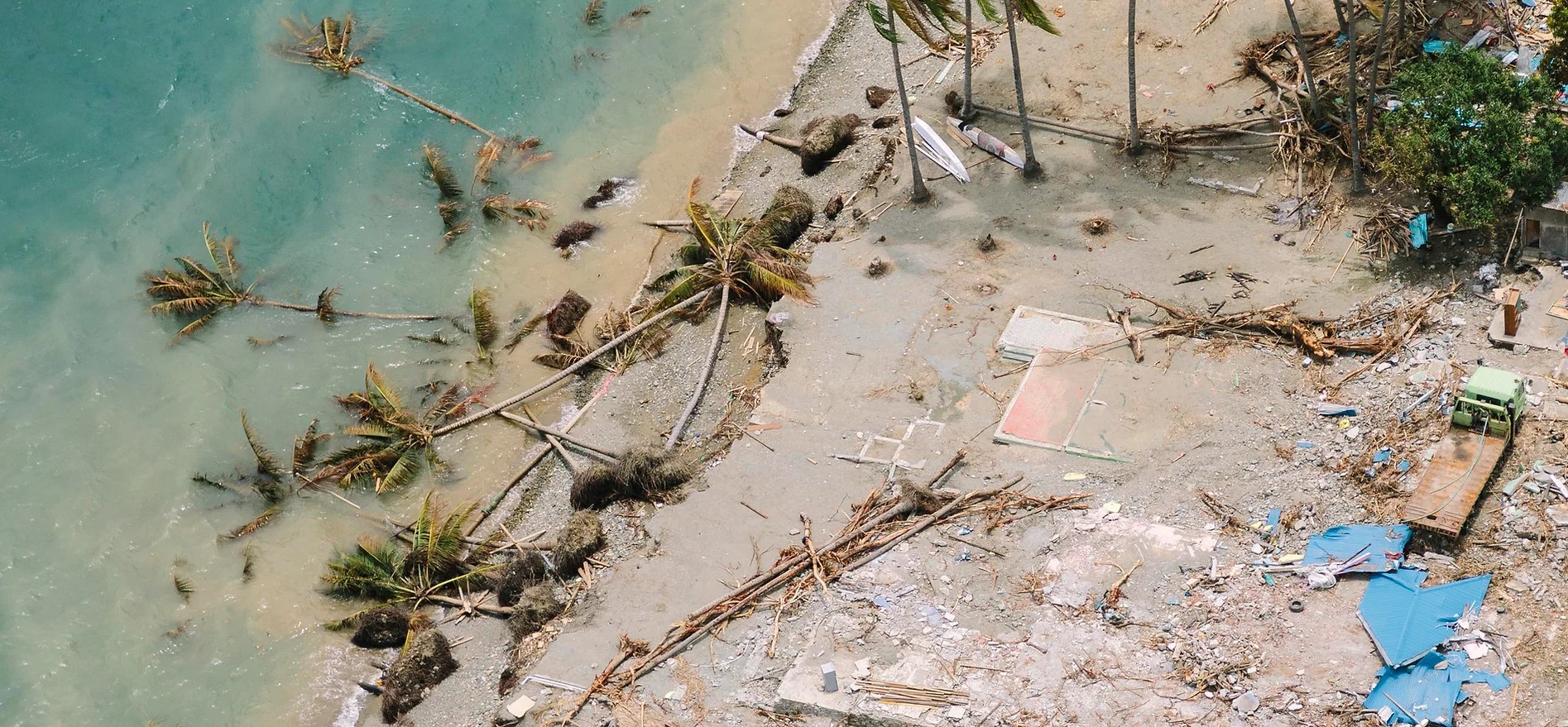What was it that initially interested and motivated you study and enter this field?
Right from when I was a young child, I liked building and making electrical and electronic things. Fun working on practical hands-on things and enjoying physics, maths, and chemistry in high school, pushed me away from pure science and toward engineering. I chose Electrical and Electronic Engineering at UC. It has been a great choice giving me opportunities to work around the world.
Can you tell us a bit about what you do with ELMG Power Electronics?
I work as the CTO (Chief Technology Officer) and am also the founder. The work at ELMG Digital Power is primarily the design, development, and testing of power converters and their controllers. ELMG Digital Power has excellent technology capabilities that are useful in many applications, such as hybrid cars, rail locomotives, UPS, motor drives, instrumentation for naval drivetrains, server and telecom power supplies, active filters, grid-connected battery energy storage and energy recovery for metro rail. We help our customers control electrical power efficiently.
Have there been any projects or bits of work that you have been particularly excited or interested in about being a part of?
Three projects stand out for me.
First. We worked with the Reliability Committee of the Power Supply Manufacturers Association in North America to put together a report on improving the software quality in power electronic converters. This was an opportunity to give back to our industry by sharing the know-how we have developed over twenty-five years. We worked closely with the Reliability Committee and together came up with a report and best practice guide for improving the software quality. Any chance to be part of something which lifts industry capability as a whole is well worth being part of.
Second. We designed and built a fiber optic communication link with controlled latency so to put power converters in parallel for a UPS that worked on a refinery in Japan. The key challenge for this project was the fast delivery time and the limited detail in the specification.
Thirdly. We at ELMG Digital Power worked to deliver the energy recovery system to capture train deceleration energy on the Qatar Metro Rail. The project was massive, providing the commuter rail for Qatar to host the football world cup. Our work with our customers and their customers was developing software and hardware and then testing it. We traveled to perform development and customer acceptance testing in Prague, Turin, Berlin, Japan, and Qatar. Everything on site worked well. Success in engineering typically has little drama. On the day of the first commissioning in Qatar, I watched as the train braked, the line voltage rose, and the twelve-megawatt converter controlled the current to slow the train. We all shook hands and, for posterity, captured some data. The following day I flew out to New Zealand. We are super proud of our work on the Qatar Metro Rail.
How did you come to be involved with Miro Rail? The potential for electric light rail to be implemented in NZ is a hugely exciting but also a massive proposal - can you tell us a bit about what the vision is?
My Miro Rail involvement happened because someone I knew called me and said, “Do you want to do high-speed rail here in NZ”? I said of course. I am pleased by the opportunity to contribute to the rail system in NZ if I can, after spending a long time helping with different rail systems worldwide. I hope that we can get something up and running here. The motivation for the Miro Rail project is to improve the user experience for people in NZ by providing local commuter and inter-regional passenger rail. It is exciting, and the upside is tremendous. Commuter rail in Christchurch and the Waikato would improve the experience and quality of life for people living there. Inter-regional rail connecting Auckland, Hamilton, and Tauranga is a definite possibility as an alternative to driving. New Zealand does have a narrow gauge rail that makes high-speed operation challenging. That said, power electronics technology for electrifying rail vehicles is well advanced. We can do right here in NZ now what we do for rail customers worldwide.
What does your role as an Adjunct Senior Fellow here at UC see you doing?
I help with PhD student supervision when they work in the power electronics area. Research involvement like this is great. I also sometimes give a lecture or three.
What memories and experiences have stayed with you from your time studying at UC?
I recall that I was fortunate to meet so many great and talented contemporaries while I was an undergraduate at UC. I remember thinking, “Wow – everyone here is amazing.” Undergraduate engineering was challenging. At times I wasn’t sure it was right for me, but eventually, I realised how good the training was. I remember extracurricular activities and playing in a band. My Ph.D. study later completed the full circle. I was back answering questions I’d had since starting engineering and my childhood. During this second time round at UC, I was struck by how the academic staff members were all so ready, willing, and able to help.
